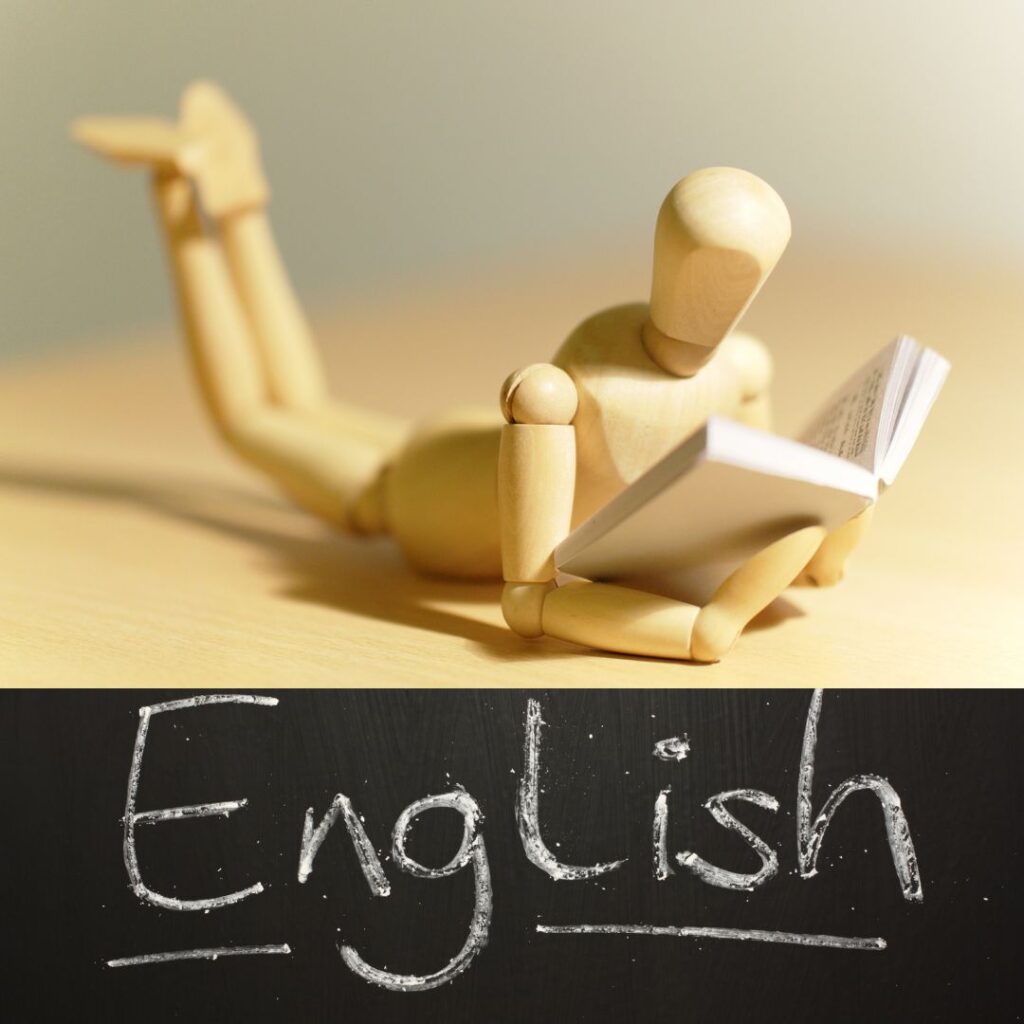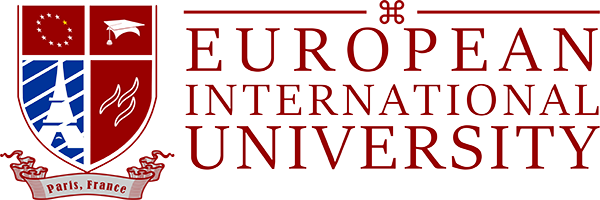In the vibrant mosaic of Malaysia, where the rich heritage of Bahasa Malaysia weaves through the global tapestry of English, an intricate story of linguistic evolution unfolds. This narrative, propelled by the digital age, is marked by both challenges and opportunities in the realm of language learning. As an educator on the front lines, I’ve witnessed the transformative power of digital platforms like YouTube and TikTok in molding the language preferences of the youth, ushering in an era of “digital English” fluency.
The allure of English, bolstered by its perceived utility and global prestige, echoes far beyond the Malaysian landscape. Studies, such as those by Suárez‐Coalla et al. (2023), illuminate the gravitational pull of English, especially for non-native speakers and those with learning difficulties, attracted by its structured linguistic framework. This global chorus of English preference, celebrated and coveted, mirrors a societal conviction of English as the key to unlocking a world of opportunities.
Yet, the path from imitation to true linguistic mastery reveals its complexities. Research by Zoutenbier & Zwitserlood (2019) underscores the chasm between mere repetition of phrases encountered online and the deep, nuanced understanding of language. This disparity is stark in Malaysia, where the superficial mimicry of “digital English” often belies a deeper linguistic deficit.
Parallel narratives emerge from regions like Indonesia, where Ignatius Harjanto’s research into the digital media preferences of Indonesian millennials underscores a similar trend towards English, highlighting the influential role of media in sculpting language preferences across Southeast Asia. Adding another layer, the work of Jasmijn E. Bosch, Ianthi M. Tsimpli, and Maria Teresa Guasti on English-Medium Instruction in the Maldives points to the unintended consequences of English dominance in education, potentially stifling literacy development and learning outcomes in native languages.
Central to this discourse is the phenomenon of parental pride in their children’s English proficiency, often to the detriment of native linguistic heritage. This sentiment is deeply entrenched in socio-cultural and historical contexts, where English’s global stature as a lingua franca is intertwined with economic, educational, and social prospects. The legacy of colonialism, coupled with the forces of globalization and the current economic paradigm, has elevated English to a status symbol, often perceived as more “classy” or prestigious than indigenous languages.
The body of research in sociolinguistics and educational psychology, including the critical perspectives of scholars like Robert Phillipson on “linguistic imperialism” and Joshua A. Fishman’s and Suzanne Romaine’s explorations of “language prestige,” offers a lens through which to understand these dynamics. These studies reveal how societal attitudes and the global connectivity associated with English often overshadow local languages.
In confronting these challenges, the role of media and education becomes pivotal. The dominance of English in global media and academia, reinforced by English-centric educational policies, perpetuates the association of English with success and sophistication. Yet, the path forward lies in championing multilingual education and celebrating linguistic diversity, fostering an environment where native languages are valued alongside English.

In concluding our journey through the evolving landscape of language and its profound impact on culture, we must recognize the dual-edged nature of the global shift toward English. Propelled by digital media, educational policies, and parental aspirations, this shift transcends mere linguistic preference, harboring the power to fundamentally transform cultural identities and values. As societies gravitate towards a Westernized outlook, there’s an inadvertent risk of eroding the rich tapestry of native cultures, diluting traditional values, practices, and ways of life. This cultural metamorphosis, while offering a gateway to global connectivity and opportunities, threatens the very essence of cultural diversity and heritage.
For individuals with learning disabilities, the landscape is particularly nuanced. The ascendancy of English opens doors to unprecedented resources and learning avenues, yet it underscores the critical need for a balanced educational approach. Multilingual education emerges not just as a pedagogical preference but as a vital framework for cognitive and linguistic development. It offers these learners a bridge to their cultural heritage, fostering a sense of identity and belonging that monolingual education systems may inadvertently overlook.
The essence of our challenge, then, is to navigate the delicate balance between embracing the global lingua franca and preserving the mosaic of world cultures. Promoting multilingualism and cultural preservation becomes a clarion call for educators, policymakers, and communities alike. By championing an educational ethos that values linguistic and cultural diversity, we create a nurturing environment where all languages and cultures are not merely remembered but vibrantly lived and cherished.
This balanced approach is indispensable for sustaining the vibrancy of local cultures amidst the tide of globalization. It ensures that the global shift towards English enriches rather than diminishes our cultural landscapes, allowing future generations to inherit a world where the tapestry of human cultures remains as diverse and rich as ever. In this way, we safeguard the legacy of our global cultural heritage, ensuring it continues to thrive and inspire in an increasingly interconnected world.
Submitted by Dr Julie Safri on 20.02.2024


